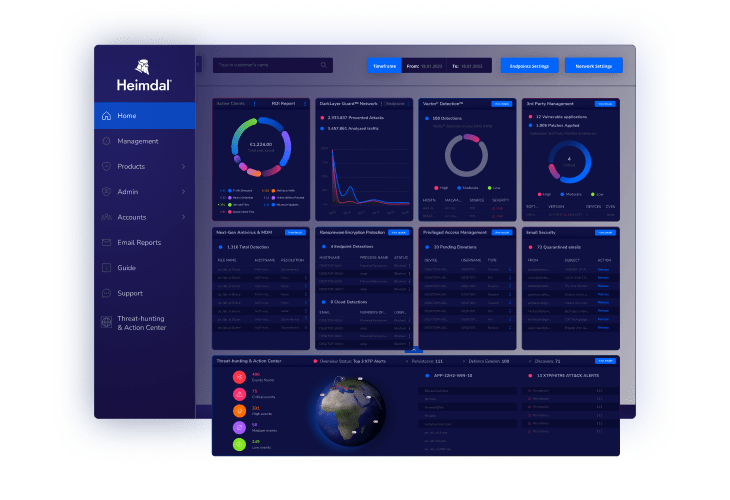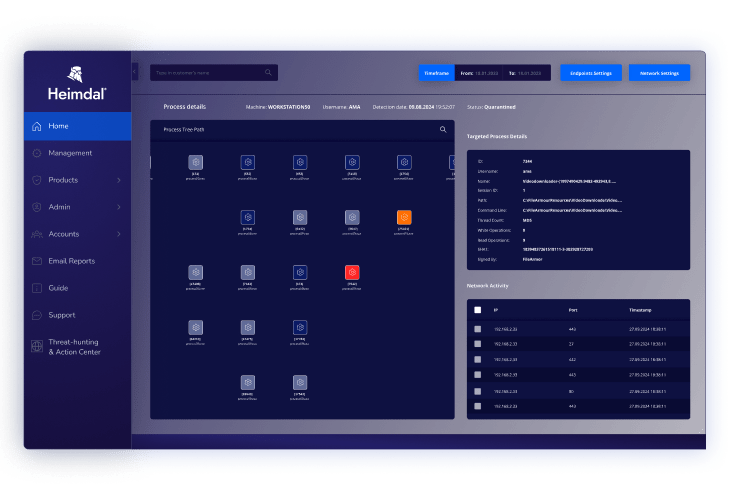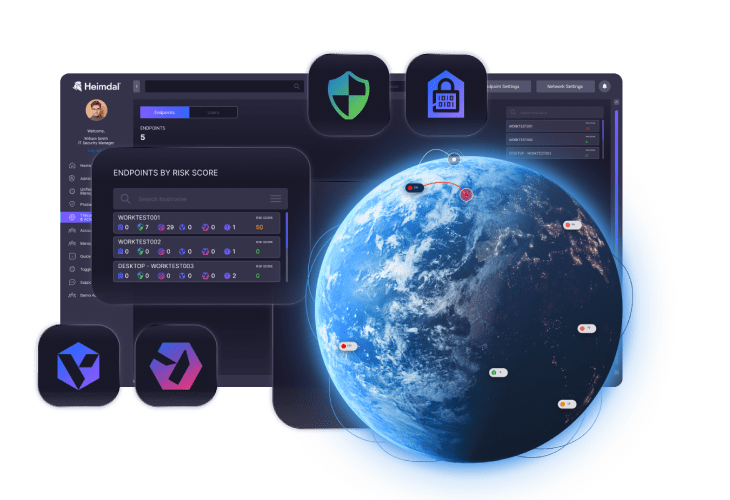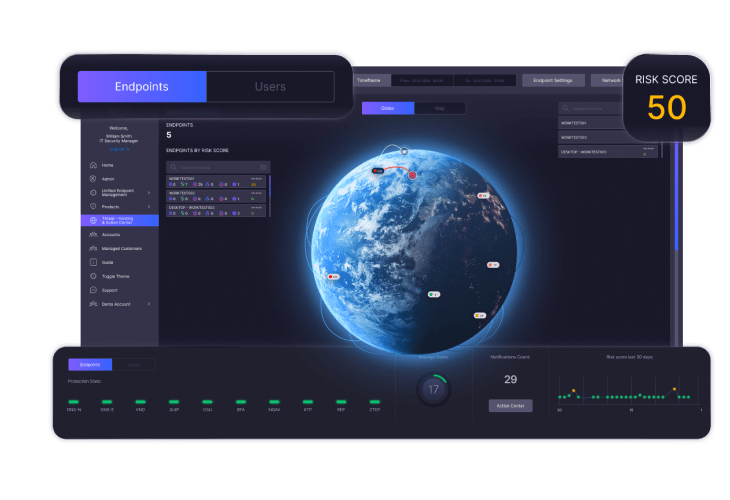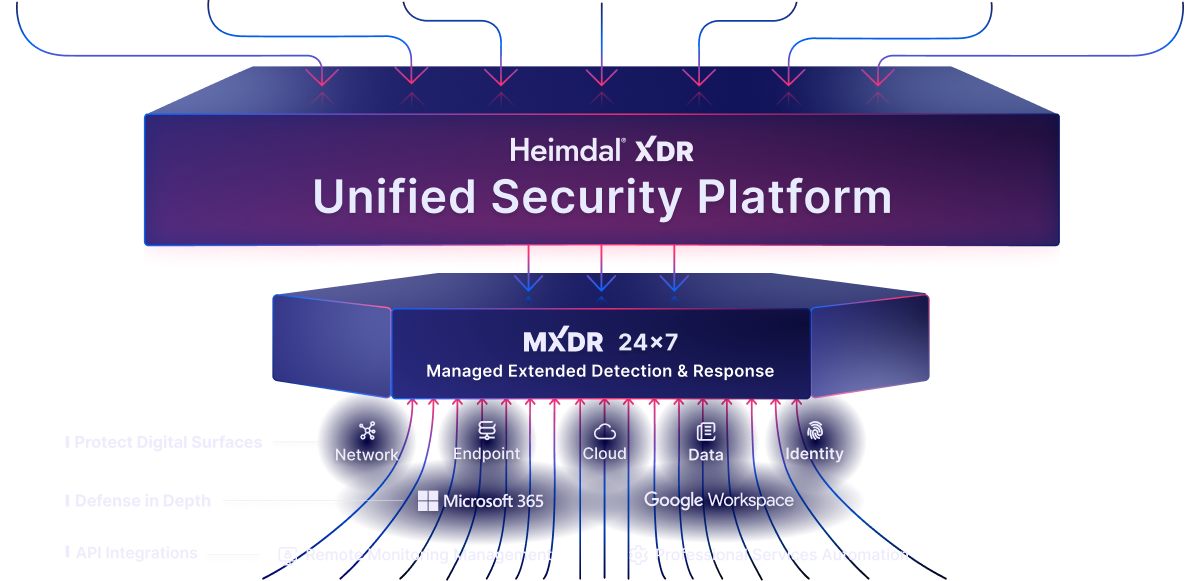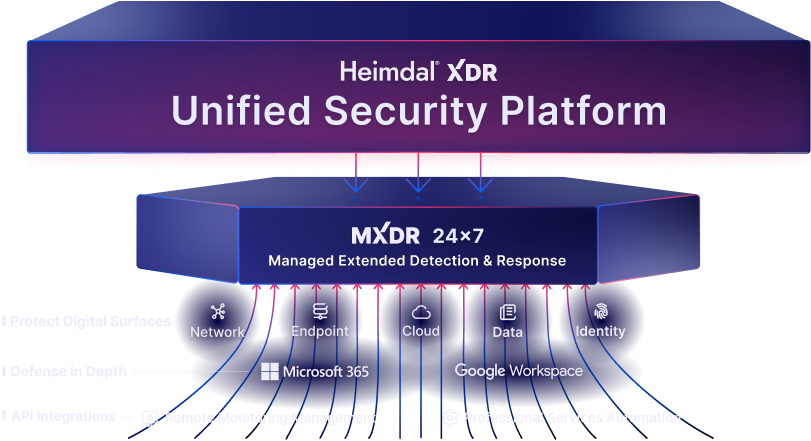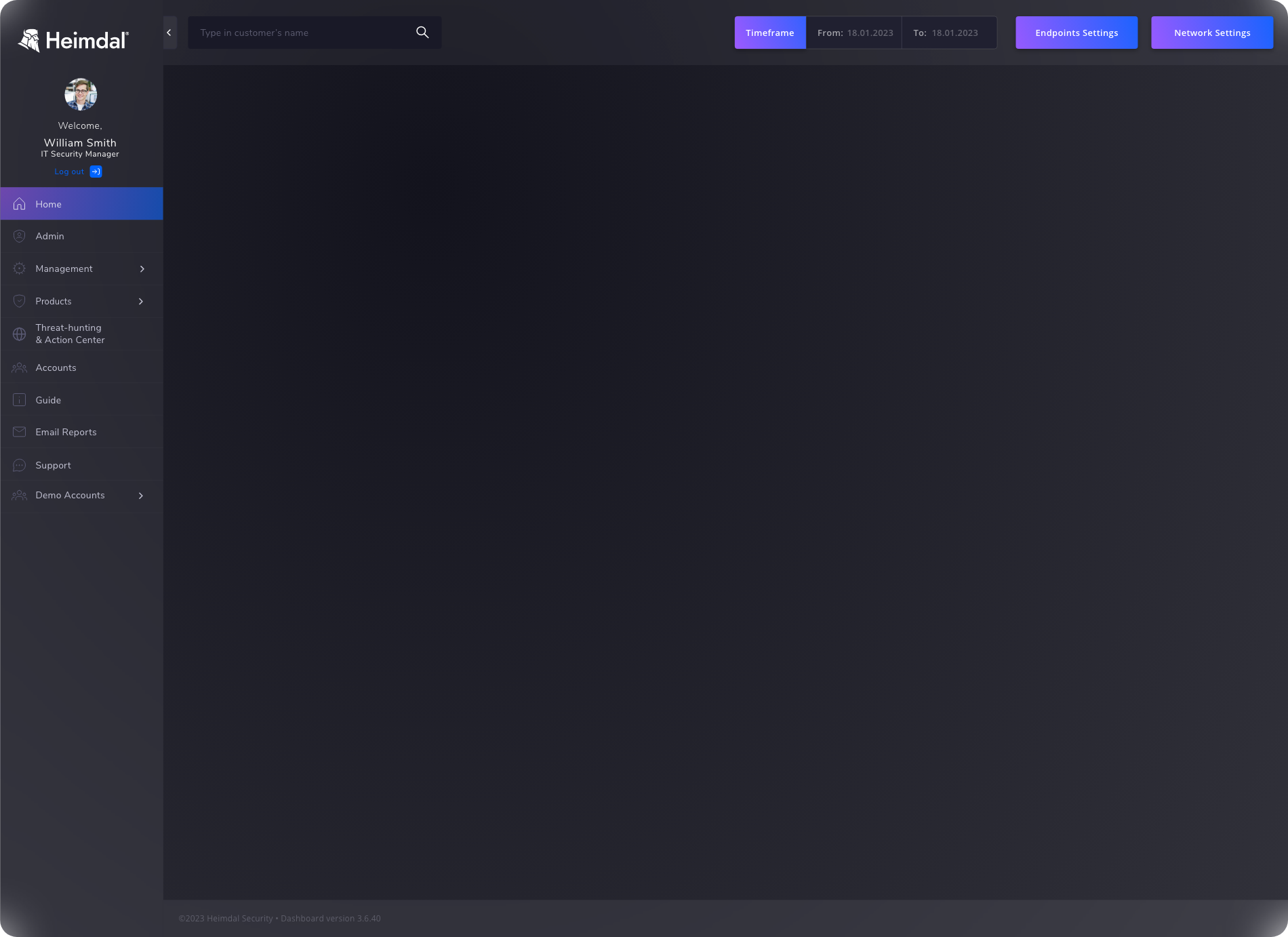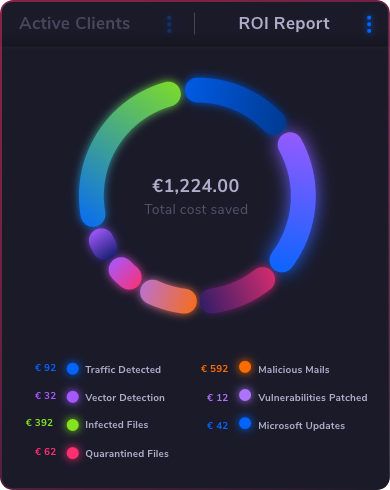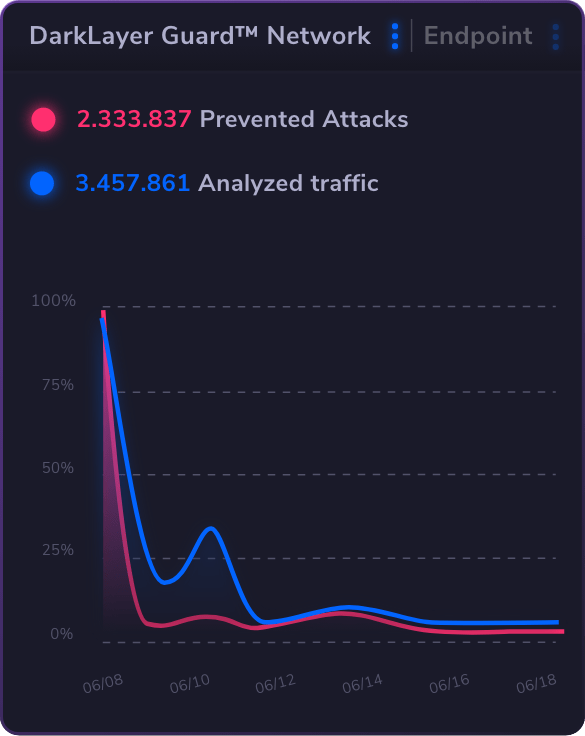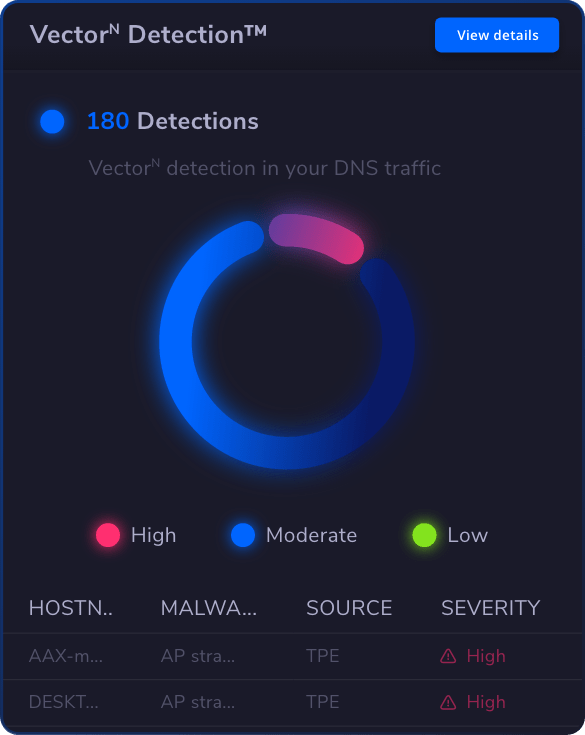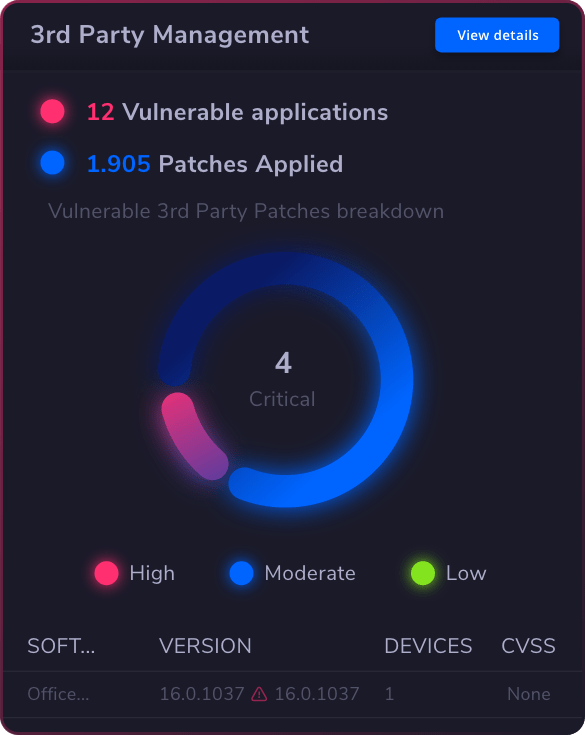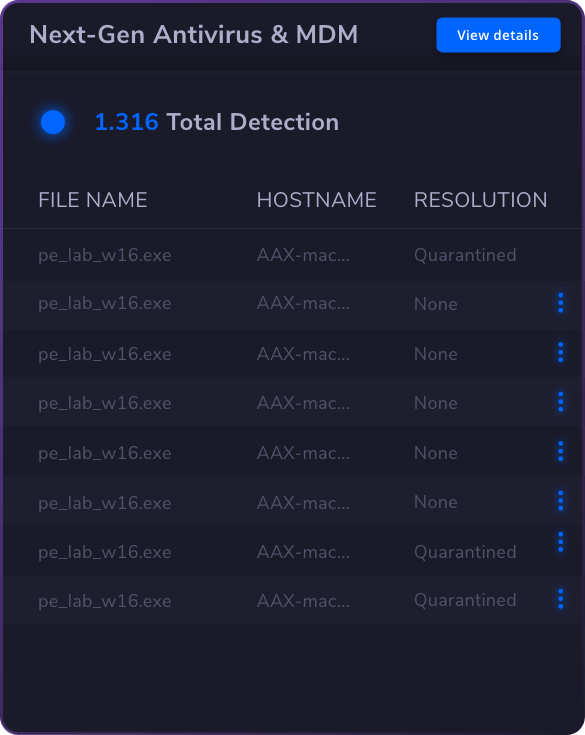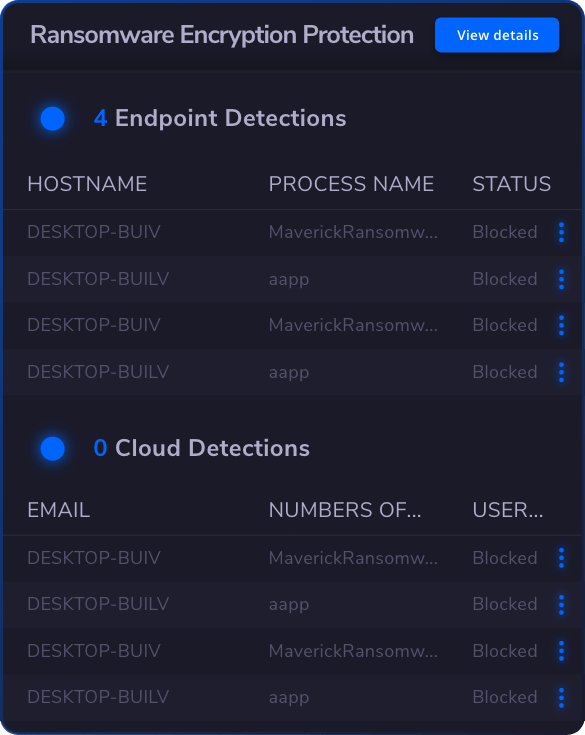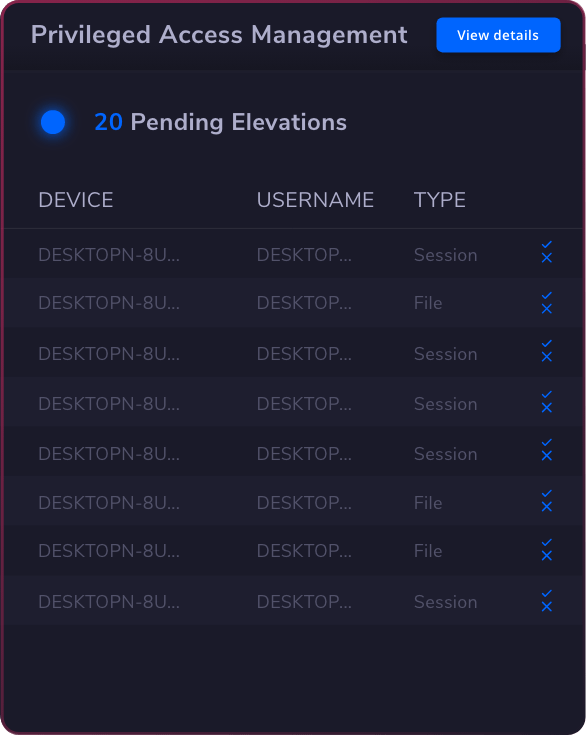XDR, or Extended Detection and Response, stands apart from traditional EDR (Endpoint Detection and Response) solutions by providing a unified approach to threat detection and response across multiple security layers. While EDR focuses primarily on endpoint security, XDR expands its capabilities to integrate data from various sources, allowing it to analyze and correlate data from networks, endpoints, and cloud environments. This comprehensive view enables XDR to detect sophisticated threats that may go unnoticed by standalone EDR systems. Furthermore, XDR ingests data from diverse security tools, delivering enhanced visibility and context, which means it can detect and respond to incidents more effectively. The benefits of XDR include improved incident response times and a more cohesive security posture, making it a crucial component for organizations looking to bolster their defenses against evolving cyber threats.
The primary difference between XDR (Extended Detection and Response) and MXDR (Managed Extended Detection and Response) lies in the level of management and support provided. XDR is a security solution that integrates various security tools and data sources to provide a holistic view of an organization’s security posture, enabling effective threat detection and response. In contrast, MXDR is a managed service that takes the capabilities of XDR a step further by offering continuous monitoring, threat intelligence, and incident response services managed by a third-party provider. This allows organizations to benefit from advanced security expertise and resources without the need to maintain an in-house security team.














 Network Security
Network Security
 Vulnerability Management
Vulnerability Management
 Privileged Access Management
Privileged Access Management  Endpoint Security
Endpoint Security
 Threat Hunting
Threat Hunting
 Unified Endpoint Management
Unified Endpoint Management
 Email & Collaboration Security
Email & Collaboration Security




